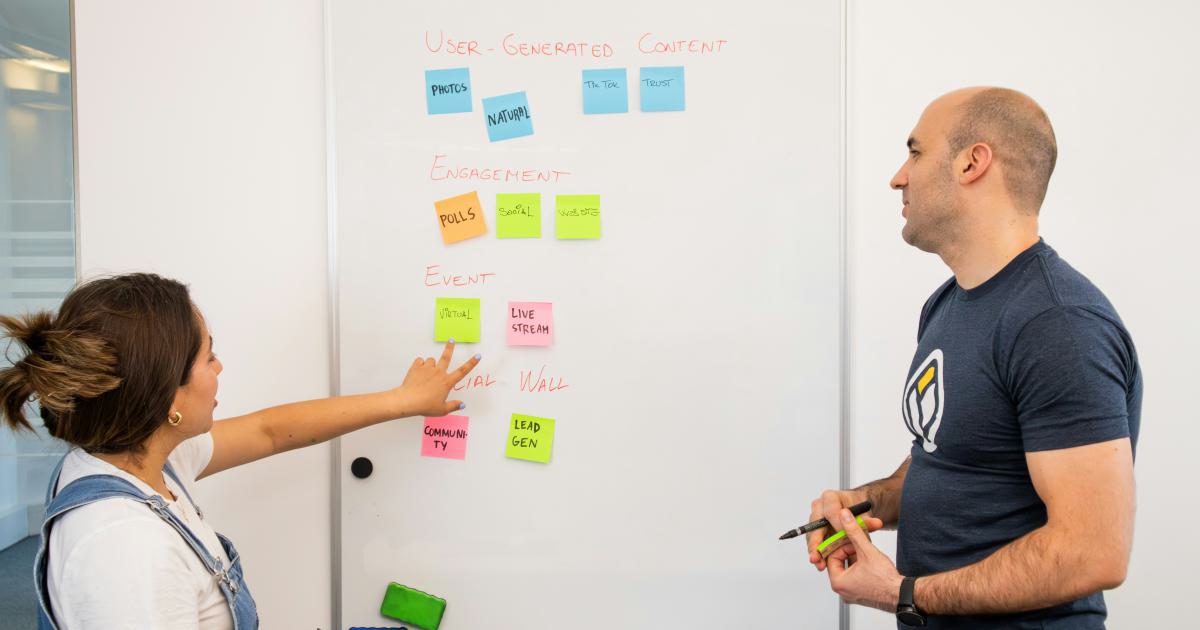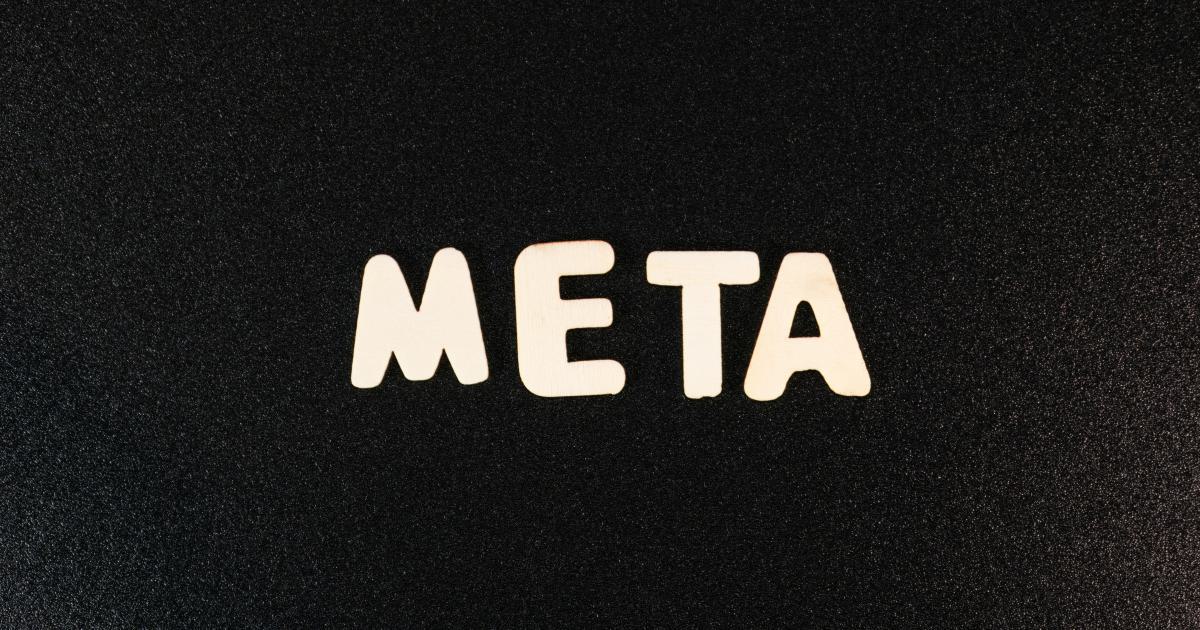5 Powerful Strategies for Optimizing Content Collaboration Workflows


In today's digital landscape, effective content collaboration is essential for businesses to stay competitive and streamline their content production processes. As teams become more distributed and remote work becomes the norm, finding efficient ways to collaborate on content has become a top priority for organizations of all sizes.
Enhancing Content Collaboration Workflows
Content collaboration workflows refer to the processes and tools used by teams to create, edit, review, and publish content. Optimizing these workflows can lead to significant improvements in productivity, content quality, and team alignment. In this comprehensive article, we'll explore five powerful strategies that can help you optimize your content collaboration workflows and drive better results for your business.
Understanding the Importance of Content Collaboration Workflows
Effective content collaboration workflows offer numerous benefits for organizations, including:
Improved Productivity: By streamlining the content creation and review process, teams can work more efficiently, reducing the time and effort required to produce high-quality content.
Enhanced Content Quality: Collaborative workflows allow for better coordination, feedback, and input from subject matter experts, resulting in more polished and impactful content.
Stronger Team Alignment: When teams have a clear, structured process for collaborating on content, it fosters better communication, alignment, and accountability among team members.
Scalability and Adaptability: Well-defined content collaboration workflows can help organizations scale their content production as their needs evolve, ensuring consistency and efficiency across a growing content portfolio.
Better Governance and Compliance: Streamlined workflows can also improve content governance and compliance, ensuring that content adheres to brand guidelines, legal requirements, and other organizational policies.
By optimizing your content collaboration workflows, you can unlock these benefits and drive better results for your business.

Strategy 1: Establish a Centralized Content Repository
One of the foundational strategies for optimizing content collaboration workflows is to establish a centralized content repository. This is a dedicated platform or system where all your team's content assets, including documents, images, videos, and other media, are stored and organized.
A centralized content repository offers several key advantages:
Improved Content Discoverability and Accessibility
When all content assets are stored in a single, accessible location, it becomes much easier for team members to find and retrieve the resources they need. This reduces the time and effort required to locate and leverage existing content, preventing the duplication of work and ensuring consistency across projects.
Enhanced Version Control and Collaboration
A centralized repository typically includes version control features, allowing team members to track changes, revert to previous versions, and collaborate on content in real-time. This ensures that everyone is working on the most up-to-date and approved content, reducing the risk of errors or inconsistencies.
Streamlined Content Governance and Compliance
By centralizing content storage, organizations can more effectively implement and enforce content governance policies, such as access controls, content approval workflows, and archiving procedures. This helps maintain brand consistency, protect sensitive information, and ensure compliance with relevant regulations.
Scalable Content Management
As your content portfolio grows, a centralized repository provides the scalability and flexibility to manage an increasing number of assets, making it easier to organize, maintain, and repurpose content across your organization.
When implementing a centralized content repository, consider using a cloud-based content management system (CMS) or a collaborative file-sharing platform that integrates with your existing workflows and tools. This will ensure seamless access, collaboration, and content governance across your team.

Strategy 2: Establish Clear Content Collaboration Workflows
Effective content collaboration workflows are essential for streamlining the content creation and review process. By defining and implementing clear workflows, your team can reduce bottlenecks, improve accountability, and ensure consistent content quality.
Define Roles and Responsibilities
Start by clearly defining the roles and responsibilities of each team member involved in the content collaboration process. This may include content creators, subject matter experts, editors, reviewers, and approvers. Clearly outlining each person's responsibilities and decision-making authority will help eliminate confusion and ensure that everyone understands their part in the workflow.
Implement a Content Approval Process
Establish a standardized content approval process that outlines the steps required to review, revise, and approve content before publication. This may involve content review by subject matter experts, editorial review, legal and compliance checks, and final approval by designated decision-makers.
Leverage Collaborative Review Tools
Incorporate collaborative review tools, such as document markup, commenting, and version control features, into your content collaboration workflows. These tools enable team members to provide real-time feedback, track changes, and ensure that the final content aligns with your organization's standards and guidelines.
Automate Workflow Steps
Look for opportunities to automate various steps in your content collaboration workflows, such as content assignment, notification triggers, and progress tracking. Automating these tasks can help streamline the process, reduce manual effort, and ensure that content moves through the workflow efficiently.
Establish KPIs and Feedback Loops
Define key performance indicators (KPIs) to measure the effectiveness of your content collaboration workflows, such as content turnaround time, review cycle duration, and content quality metrics. Regularly review these KPIs and gather feedback from team members to identify areas for improvement and continuously optimize your workflows.
By establishing clear content collaboration workflows, your team can work more efficiently, improve content quality, and ensure that your organization's content assets are well-managed and aligned with your strategic objectives.

Strategy 3: Leverage Collaborative Content Creation Tools
To further enhance your content collaboration workflows, it's essential to leverage the right collaborative content creation tools. These tools can facilitate real-time collaboration, streamline the editing and review process, and enable seamless content distribution.
Cloud-Based Authoring and Editing Tools
Adopt cloud-based authoring and editing tools, such as Google Docs, Microsoft Office 365, or cloud-enabled content creation platforms. These tools allow multiple team members to collaborate on the same content in real-time, making it easier to track changes, provide feedback, and ensure that everyone is working on the most up-to-date version.
Collaborative Content Review and Annotation Tools
Integrate collaborative content review and annotation tools, such as Adobe Creative Cloud, Annotate.com, or built-in features in your content creation platforms. These tools enable team members to provide feedback, suggest edits, and annotate content directly, facilitating a more interactive and efficient review process.
Content Workflow and Automation Tools
Incorporate content workflow and automation tools, such as project management platforms, content calendars, or dedicated content collaboration software. These tools can help streamline the content creation and review process, automate routine tasks, and provide visibility into the status of ongoing projects.
Integrated Content Distribution Platforms
Consider using integrated content distribution platforms that allow your team to publish and share content directly from your collaborative authoring and review tools. This can help minimize the number of tools and processes required to get content out to your audience, further improving efficiency and reducing the risk of errors.
By leveraging the right collaborative content creation tools, your team can work more seamlessly, eliminate bottlenecks, and ensure that your content production process is optimized for maximum impact.

Strategy 4: Enhance Content Discoverability and Reusability
One of the key challenges in content collaboration workflows is ensuring that team members can easily find and leverage existing content assets. By enhancing content discoverability and reusability, you can reduce duplication of effort, foster content consistency, and maximize the value of your organization's content investments.
Implement Robust Content Tagging and Metadata
Develop a comprehensive content tagging and metadata strategy to categorize and describe your content assets. This may include applying relevant tags, keywords, descriptions, and other metadata that can help team members quickly locate and identify specific content pieces.
Leverage Search and Content Discovery Tools
Integrate powerful search and content discovery tools into your content collaboration workflows. These can include built-in search features within your content management system, as well as dedicated content discovery platforms that use advanced algorithms to surface relevant content based on user needs and preferences.
Promote Content Repurposing and Reuse
Encourage team members to actively search for and repurpose existing content assets, rather than creating new content from scratch. This can involve adapting and updating previously created content to fit new formats, audiences, or use cases, thereby streamlining the content creation process and ensuring consistency across your content portfolio.
Establish Content Governance and Archiving Policies
Develop clear content governance and archiving policies to ensure that your organization's content assets are properly maintained, updated, and accessible. This may include guidelines for content versioning, content expiration, and content retirement, as well as processes for archiving and retrieving historical content as needed.
By enhancing content discoverability and reusability, your team can work more efficiently, reduce duplication of effort, and leverage the full value of your organization's content investments.

Strategy 5: Foster a Culture of Collaboration and Continuous Improvement
Ultimately, the success of your content collaboration workflows depends not only on the tools and processes you have in place but also on the mindset and culture of your team. Fostering a culture of collaboration and continuous improvement can help ensure that your content collaboration workflows remain effective and aligned with your organization's evolving needs.
Promote Collaborative Mindsets and Behaviors
Encourage team members to embrace a collaborative mindset, where they actively participate in the content creation and review process, provide constructive feedback, and work together to achieve shared goals. Recognize and reward behaviors that demonstrate a commitment to collaboration and teamwork.
Provide Ongoing Training and Support
Invest in regular training and support for your team members, ensuring that they are equipped with the knowledge and skills necessary to effectively navigate your content collaboration workflows. This may include workshops on using collaborative tools, understanding content governance policies, and implementing best practices for content creation and review.
Gather Continuous Feedback and Implement Improvements
Regularly solicit feedback from your team members on the effectiveness of your content collaboration workflows. Gather insights on pain points, bottlenecks, and areas for improvement, and use this information to refine and optimize your processes on an ongoing basis.
Foster a Culture of Continuous Learning and Improvement
Encourage a culture of continuous learning and improvement, where team members are empowered to experiment, share best practices, and suggest innovative ways to enhance your content collaboration workflows. Provide opportunities for team members to collaborate on initiatives aimed at improving efficiency, content quality, and overall team alignment.
By fostering a culture of collaboration and continuous improvement, you can ensure that your content collaboration workflows remain agile, adaptable, and aligned with the evolving needs of your organization and your team.

Conclusion
Optimizing content collaboration workflows is essential for businesses to improve productivity, enhance content quality, and drive better results. By implementing the strategies outlined in this article, you can unlock the full potential of your team and your content assets, positioning your organization for long-term success in the digital landscape.
Remember, the key to effective content collaboration is finding the right balance between processes, tools, and team dynamics. Continuously assess your workflows, gather feedback, and make adjustments as needed to ensure that your content collaboration efforts remain aligned with your strategic objectives and the evolving needs of your business.
